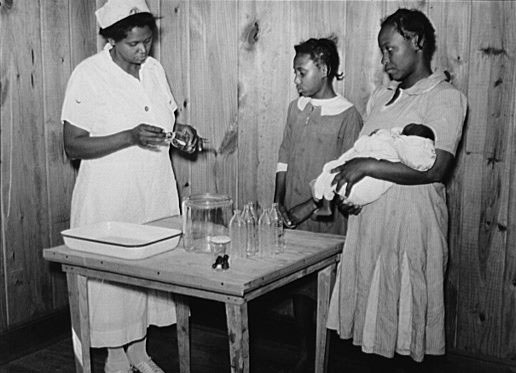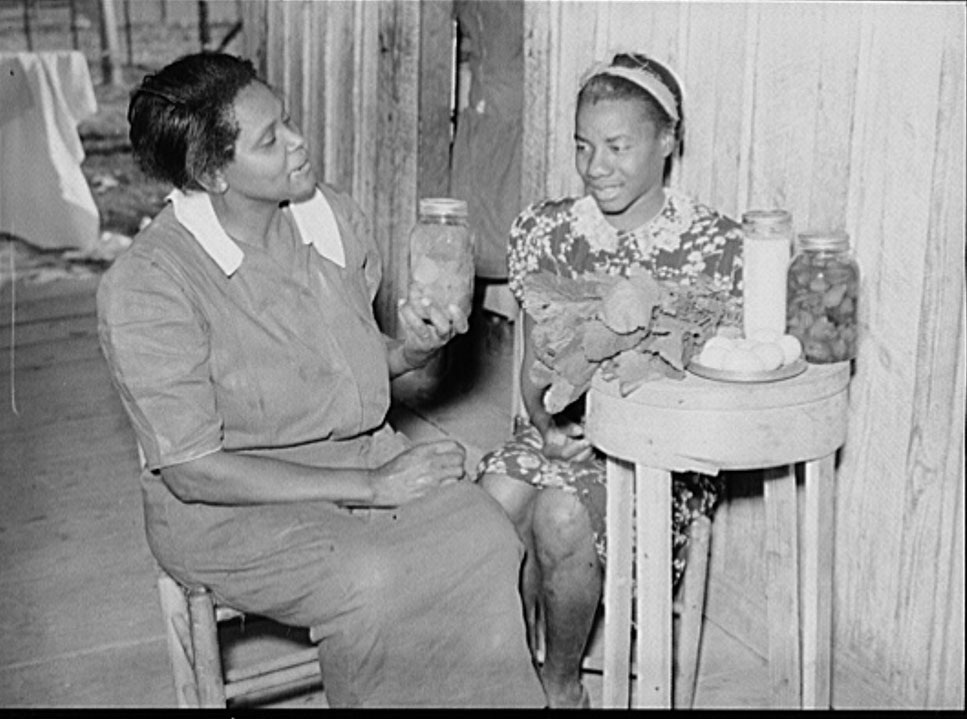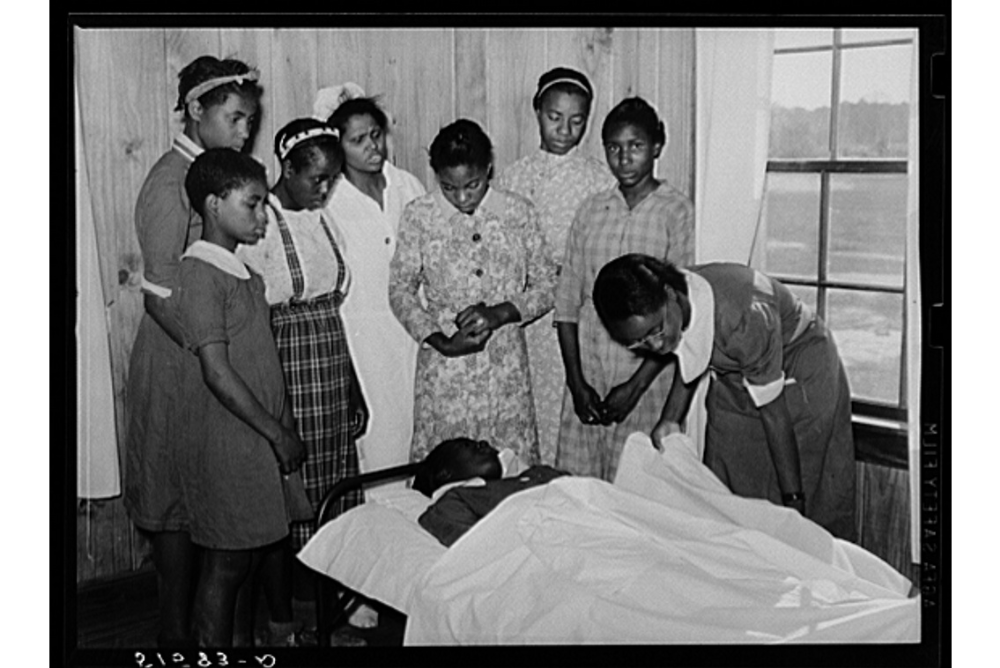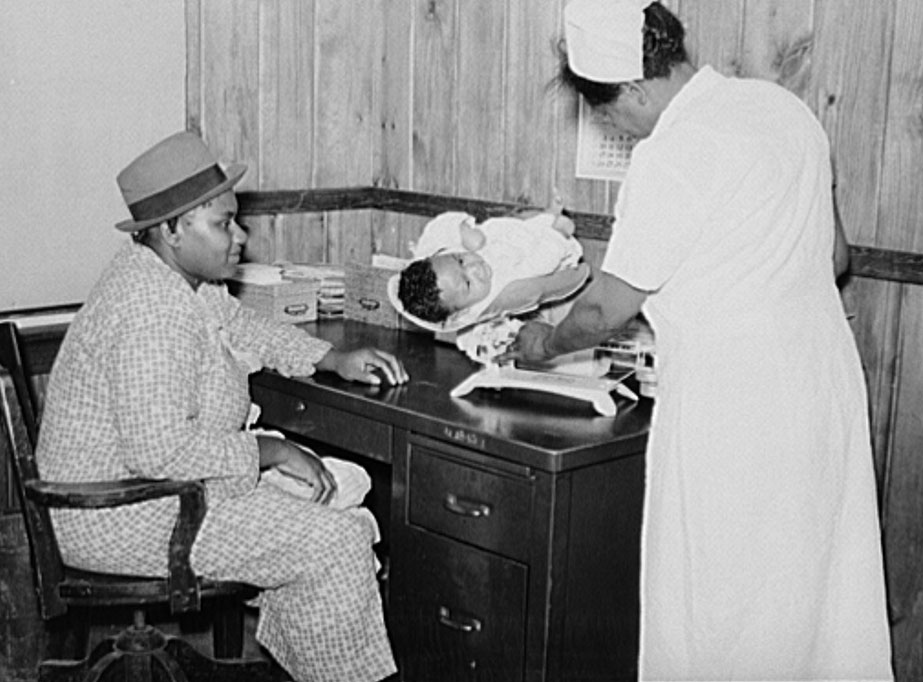Hidden Nurse Shamburg: American Icon

Years into the Great Depression, parts of the rural south – already poor – were incredibly impoverished. Cotton prices – which had once claimed 13 cents a pound now brought just 5 cents a pound by the early 1930s. Like farmers today, many who subsisted on income derived from the cultivation of crops – and relied on credit if weather or economic factors made the year difficult – were beyond destitute.
Nowhere was this more visible than in Gee’s Bend, AL, a five-by-eight mile stretch of land at the bend of the Alabama River where a small community of mostly black sharecroppers lived. After the death of the area’s major creditor, Gee’s Bend residents watched their debts mount, and their animals, tools, food and seed be confiscated to clear those debts. In good times, writes nurse historian Arlene Keeling, they lived on cornbread and molasses; now, “with nothing to trade and not a penny to their name, they ate whatever they could forage off the land. Paying for medical and nursing care was simply out of the question.”
Nurse. Teacher. Nutritionist. Surrogate mother. Guide to caring for the sick.
the many roles of Nurse Shamburg, American icon and "Hidden Nurse."
Enter public health nurse Shamburg.
Thanks to a pilot program and basic funding from the federal government under President Franklin Delano Roosevelt, public health nurses like Shamburg were hired to bring care to those who’d never had it before. Shamburg and others like her held well-baby clinics, taught nutrition classes, showed children how to care for babies in their mother’s absence, and made home visits to the sick. Photos from this period reveal the extent of Shamburg’s role: health care provider, teacher, nutritionist, surrogate mother, and a guide to caring for the sick.
Shamburg herself remains a mystery (despite research, we remain unsure where she was from, what age she was during her service, or even what her first name was), and represents one of the legions of “Hidden Nurses” whose powerful, unheralded work changed the lives of many.
This #FlashbackFriday brought to you by the Bjoring Center for Nursing Historical Inquiry.
Photos courtesy of the Libibrary of Congress and Arlene Keeling, author of A HISTORY OF PROFESSIONAL NURSING (Springer: 2018). Part of UVA Nursing's "Hidden Nurses" initiative, which aims to diversify how we celebrate the profession's past.
###




